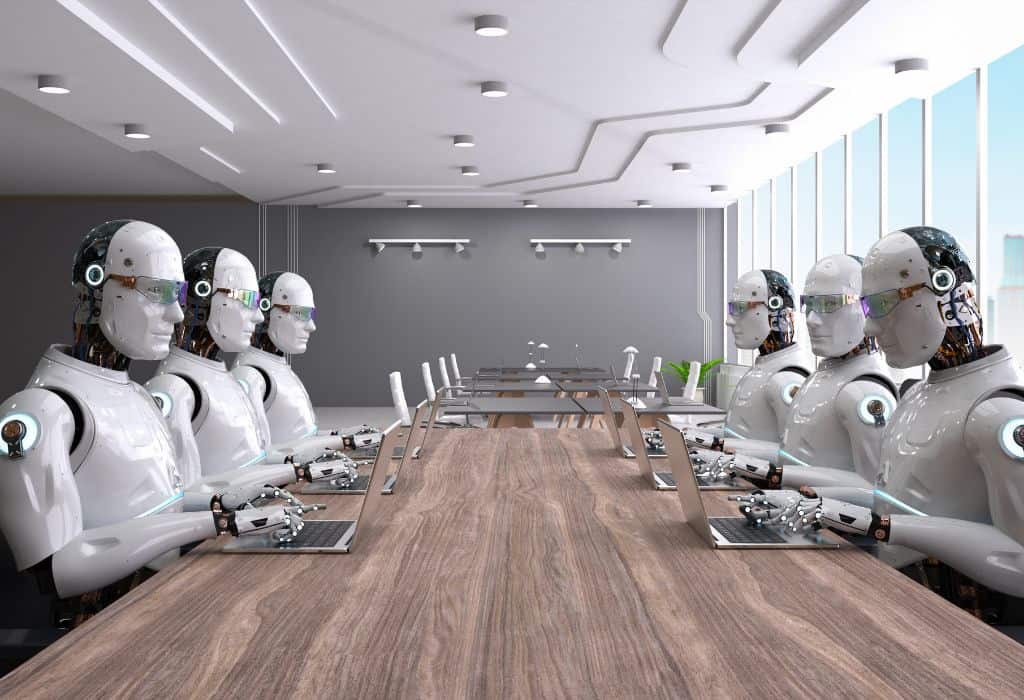
The future of work is rapidly changing, driven by advancements in technology, particularly automation, artificial intelligence (AI), and machine learning. These technologies are transforming industries and redefining the way we work. As a result, some jobs are at risk of becoming obsolete within the next 20 years. This article explores which professions are most vulnerable to automation and how this shift will shape the workforce in the coming decades.
The Impact of Automation on Jobs
Automation refers to the use of technology to perform tasks that would traditionally require human labor. As AI and robotics continue to improve, they are increasingly able to carry out complex tasks more efficiently and accurately than humans. From manufacturing to customer service, many industries are already experiencing the effects of automation, and this trend is expected to accelerate in the coming years.
While automation promises increased productivity and lower costs for businesses, it also raises concerns about job displacement. Workers in certain professions may find their roles becoming less relevant or completely obsolete as machines take over their responsibilities.
Jobs in Manufacturing and Warehousing
1. Assembly Line Workers
In the manufacturing sector, assembly line jobs have already been significantly impacted by automation. Robots can now perform repetitive tasks such as assembling, welding, and packaging more quickly and accurately than human workers. As a result, assembly line workers, especially those in industries like automotive manufacturing, are at risk of losing their jobs to machines.
2. Warehouse Workers
Automation has also made its way into warehouses and distribution centers, where robots are now capable of sorting, moving, and packaging products. Companies like Amazon have already implemented robots in their fulfillment centers, reducing the need for human workers in certain positions. As robotic technology continues to improve, jobs in warehouses may become increasingly automated, leading to job displacement for many workers in this sector.
Administrative and Clerical Jobs

3. Data Entry Clerks
Data entry jobs, which require workers to input information into databases or spreadsheets, are highly susceptible to automation. AI-powered software can now perform data entry tasks with greater speed and accuracy, reducing the need for human workers in this field. In the future, it is likely that many data entry jobs will be replaced by automated systems.
4. Receptionists
Receptionist roles are also at risk of automation, with the advent of AI-powered chatbots and virtual assistants. These technologies can handle tasks such as scheduling appointments, answering questions, and managing customer inquiries, which were traditionally performed by human receptionists. As businesses increasingly adopt these technologies, the demand for traditional receptionist positions is likely to decline.
Customer Service and Retail
5. Retail Workers
The retail industry has already seen significant changes with the rise of e-commerce and automation. Self-checkout systems and online shopping platforms have reduced the need for human cashiers and shop assistants. Additionally, AI-powered chatbots and virtual customer service agents are becoming more common, replacing human employees in call centers and online customer support roles.
6. Telemarketers
Telemarketing is another profession that is being heavily affected by automation. AI-driven systems can now make phone calls, provide scripted responses, and even interact with customers, reducing the need for human telemarketers. As these systems become more advanced, it is likely that telemarketing jobs will continue to disappear.
Transportation and Delivery
7. Truck Drivers
The rise of autonomous vehicles is one of the most significant threats to jobs in the transportation sector. Self-driving trucks are already being tested and could eventually replace human truck drivers in long-haul transport. While this transition may take some time, it is expected that autonomous trucks will play a major role in logistics and freight transport in the coming years, putting millions of truck driving jobs at risk.
8. Taxi and Delivery Drivers
Similar to truck drivers, taxi and delivery drivers face the threat of automation through the development of self-driving cars and drones. Ride-sharing services like Uber and Lyft are already exploring autonomous vehicles, and drone delivery services are becoming more common. As these technologies improve, human drivers may become less essential in the transportation and delivery industries.
Finance and Accounting

9. Accountants and Auditors
AI and machine learning are transforming the finance industry, particularly in the fields of accounting and auditing. Software tools can now perform tasks such as tax preparation, financial analysis, and auditing with greater speed and accuracy than humans. While accountants may still be needed for more complex tasks, many routine tasks in accounting will likely be automated in the coming years.
10. Loan Officers
Loan officers, who traditionally evaluate and approve loan applications, may also see their roles diminished by automation. AI-powered systems can now assess creditworthiness, analyze financial data, and make lending decisions, streamlining the loan process. As these technologies become more sophisticated, the need for human loan officers is expected to decrease.
Preparing for the Future of Work
As automation continues to reshape the job market, workers must adapt to the changing landscape. Upskilling and reskilling will be essential to staying relevant in the workforce. Jobs that require creativity, emotional intelligence, and complex problem-solving are less likely to be automated and will remain in demand. Additionally, new industries and job opportunities will emerge as automation creates a need for roles in tech, data analysis, and AI development.
To stay informed about the latest trends in automation and the future of work, visit https://datosfaciles.com/, where you can find in-depth analyses, data visualizations, and insightful articles on the impact of technology across various industries.
